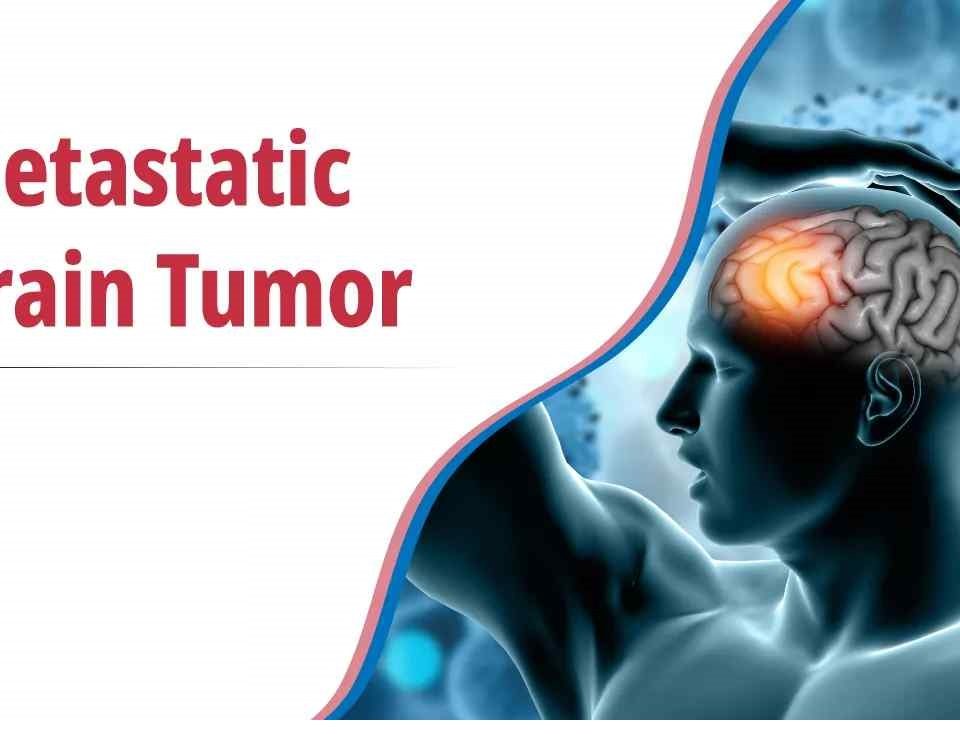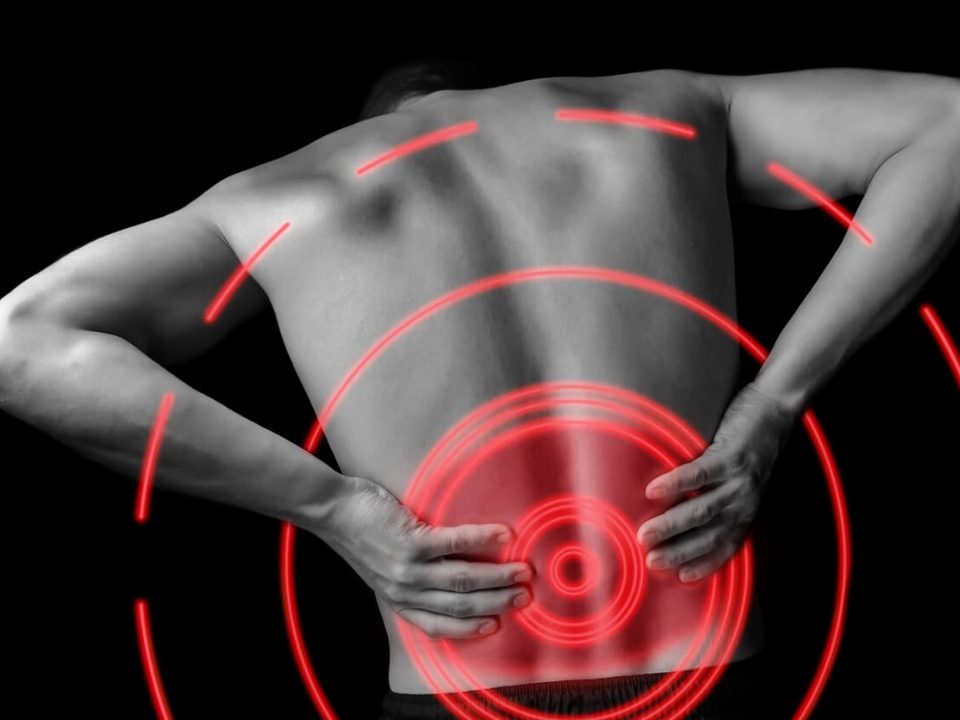Blood clots are a collection of sticky blood cells that form when a blood vessel is damaged. The body creates blood clots as a normal response to blood vessel damage. The main job of a blood clot is to seal the leak in a damaged blood vessel. This prevents the blood from leaking out and protects the person from bleeding. Clots (or thrombi) that block the arteries and prevent flow of blood and oxygen to an organ can lead to areas of tissue damage (infarcts). When blood clots break (called an embolism) away from the area they’re meant to protect, they can endanger other organs. Clots that block blood flow are the main culprits in most heart attacks and strokes.
Blood clots are the result of:
- Disruptions in blood flow (due to a blockage)
- Injury to the blood vessels
- Changes in blood composition (e.g., too many clotting factors in the blood)
Head injuries. If there is a serious injury or trauma to the head and/or neck, the body will form a clot to stop the bleeding. This can put a lot of pressure on surrounding brain tissue. Some traumas can cause blood clots to form outside the brain and break loose. These have the potential to become lodged in the brain and cause a stroke.
Narrowing or hardening arteries. When arteries harden or narrow the risk of developing a clot in the brain increases. Hardened arteries can tear as they pump blood, which can lead to a clot forming. These clots can cut blood flow off to the narrowed artery, causing serious damage to surrounding cells.
Travelling clots. Some clots will travel from one part of the body to a blood vessel that leads to the brain, causing a blockage, which can result in a stroke or cerebral embolism. These clots can cause damage to other parts of the body before they reach the brain.
Inflammation. If a superficial vein is overinflamed it can lead to an increased risk of blood clots. An injury or bacterial infection can cause inflammation. This can reduce blood flow and damaged areas will be at risk of leaking, which can lead to blood clots.
Blood clots that result in a stroke usually cause symptoms on the opposite side of the body from where they are causing the blockage in the brain. This may result in loss of feeling on one side of the face, arm or leg, or blindness. If the left side of the brain is affected, speech problems can occur. Affected people may be unable to speak or to understand spoken words. Other symptoms of stroke include confusion, blurred vision, a severe headache, or sudden loss of coordination or balance.
Reference:
http://www.medbroadcast.com/condition/getcondition/blood-clots


